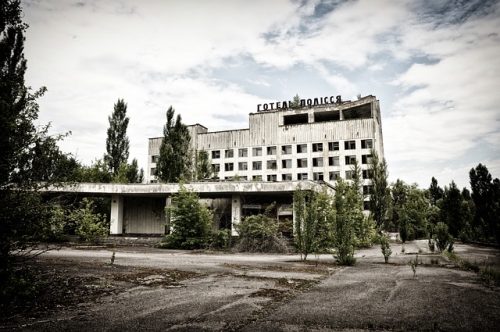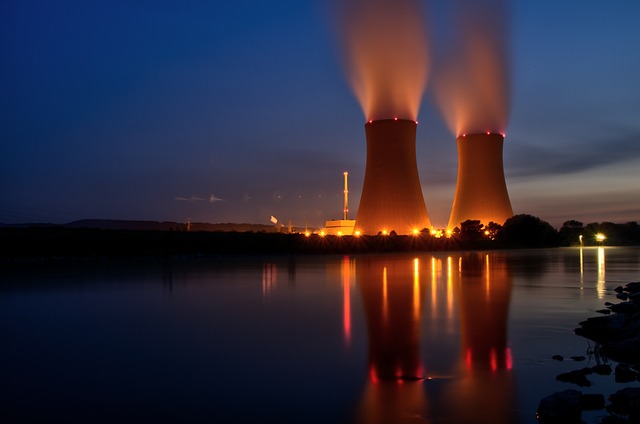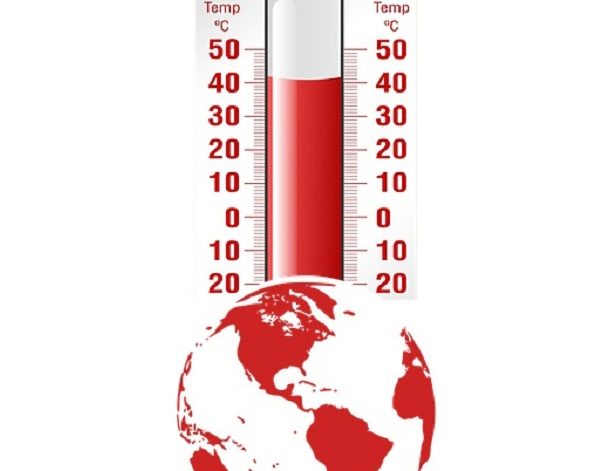Environmental Disasters – What is meant by it?
Environmental Disaster classifies anything that is due to the human activity that results in a great harm to the environment whose effects can be felt long after it has happened.
These environmental disasters are usually accidental and are generally of the catastrophic scale. They differ from natural disasters like droughts, earthquakes etc. and nuclear warfare used by humans intentionally because of the sheer scale of harm caused due to human activity gone wrong.
Such environmentally disastrous events have occurred in the past and there is a scale to indicate the danger it posed at the time of occurrence. It is called the INES- International Nuclear and Radiological Event Scale and it has 7 scales; with o-3 being the lowest of incident and 5-7 being highest of accidents.
Some major disasters are listed below.
List of 10 Major Environmental Disasters in History:
- Chernobyl Disaster: The Chernobyl Nuclear Disaster took place on 26th April, 1986 at Pripyat, Ukraine when a nuclear testing went out of control and lead to the explosion of the nuclear reactor leading to the release of enormous amounts of radiation into the atmosphere. The scale of the disaster remains unparalleled to this day as it is considered to be the worst of the nuclear disasters to ever occur. It released about 400 times more radiation than the nuclear bomb did when it was dropped on Hiroshima. There were 31 casualties declared officially however UN says it may be 50 even. 6 million people were affected as a consequence in the years to come. Farmlands, forests and other ecosystems were so severely damaged that scientists report that a minimum of 3000 years would be needed to make Chernobyl habitably safe again. INES- 7.

- Fukushima Nuclear Disaster: The 2nd worst nuclear disaster after Chernobyl. It occurred on 11th March, 2011 in Okuma, Fukushima, Japan due to human errors of building nuclear plants in areas prone to earthquakes and tsunamis. When these struck, it lead to power loss in the power plant which caused the cooling system to fail and the cores overheated resulting in the accident. It resulted in 2000 deaths immediately and the radioactive effects continue to be felt in the region. INES-7. You may want to check out: Disastrous Environmental Impacts of Radioactive Waste
- Kyshtym Disaster: Before Chernobyl, there was Kyshtym that had the number one spot for the worst nuclear disaster on earth. The secret power plant built in an unidentifiable area at the time built with poor nuclear and physics knowledge lead to its discovery in the worst way imaginable. On 29th September, 1957 the improper storage of high level liquid nuclear waste underground lead to an explosion which released a huge amount of radiation into the atmosphere. This coupled with the fact that the nuclear waste was continued to be dumped in nearby lakes lead to even higher levels of radioactivity in the area. The region effecting 22 villages still has a low birth rate with multiple defects and thousands of premature death cases. INES-6.
- Dioxin Cloud: On 10th July, 1976 the breaking of a valve in the chemical plant located in Milan, Italy caused the local Seveso community to be exposed to a chemical cloud with large quantities of toxic 2,3,7,8 tetrachlorodibenzo p-dioxin (TCDD). This resulted in 2000 people immediately falling sick and 3000 farm animals and pets being affected as well. It is often called Seveso Dioxin Cloud for the group of people most effected by it. This event lead to the Seveso Directive in 1982 for the proper storage and managing of hazardous materials. You might also like: Environmental Toxicology Flowchart – Exposure to Excretion.
- Three Mile Island: On 28th March, 1979 in Londonderry, Township, Pennsylvania a cooling malfunction lead to the meltdown of unit 2 reactor in the power plant located on Three Mile Island (TMI-2). This resulted in no deaths or injuries however since then, 1,722 cases of cancer have surfaced thought to be linked to the radiation emitted. INES-5.
- Kuwaiti Oil Fires: In Janaury 1991, the Iraqi military set around 605-732 barrels of oil on fire as part of warfare tactics before they left Kuwait. This fire lead to huge amounts of emissions into the atmosphere and it was catastrophic because the fires took about 9 months to be fully extinguished. 4 people immediately died while many in the vicinity suffered from respiratory ailments and had to be evacuated.
- SL-1 Disaster: On 3rd January, 1961 the SL-1 disaster occurred in Idaho, United States due to the manual removal of the central control rod by one of the workers at a height more than it was recommended (<20 inches) and this lead to a rapid and accelerated nuclear reaction in the core leading to an explosion of 80 curies of iodine-131 in the atmosphere which, because of the plant’s location was considered to be insignificant and did not cause any local harm. However, 4 casualties were suffered at the time of the explosion which took less the 4 milliseconds.
- Cyanide Gas Leak: On 3rd December, 1984 in Bhopal, India took place what is considered to be the most adversely effecting environmental disaster in the world as the death toll and number of people effected is even greater than that of Chernobyl. A pesticide plant released 40 tons of methyl isocyanate gas in the air due to the substandard safety procedures implemented at the plant. This immediately caused 3800 people to die as well as continued to effect 15-20000 people with cancer, premature deaths and other ailments.
- Love Canal: From 1942-1953, the chemical industries were sanctioned by the government to dump 22000 tonnes of toxic chemical waste in the abandoned canal that contained at least 12 carcinogens including halogenated organics, chlorobenzenes and dioxins etc. Although there were no deaths immediately the effects were seen in 1970 when people began complaining and experiencing higher incidences of cancer, epilepsy, asthma, migraines, nephrosis and other illnesses that studies showed were due to the leaching of the toxic chemicals overtime due to rainfall and explosions. Miscarriages and birth defects increased tremendously in the region. Also read: Bioaccumulation and Biomagnification of Toxic Chemicals.
- Train Derailment Toxic Spill: On 3rd February, 2023, in the latest of environmental disasters is the one that has occurred in East Palestine, Ohio. A train derailment of 38 cars carrying very toxic chemicals happened and resulted in a hazardous spill that contained large amounts of Vinyl Chloride- a carcinogenic commonly used in plastics. On 4th March, 2023 another car derailed that was carrying PVC pellets that contaminated the soil at the site of crash. Residents are severely being effected as their drinking water sources have been polluted. Air tests still show higher than usual amounts of toxic chemicals in the air even after the initial spill a month ago. So far, there have been no reports of casualties and the full effects of the disaster are yet to be seen. For more detailed info, read: Train Derailment Toxic Spill Ohio USA – All You Need To Know.
Conclusion:
Although environmental disaster that comes with human activity are unavoidable and can happen; however, considering the fact that in the event of a potential disaster the impact is going to be enormous on a regional scale, it is therefore the crucial responsibility of the state to ensure that the proper safety measures, guidelines, policies are enforced and training is given to the staff employed.
You may also be interested in: What is a Healthy Environment? Why is it important?
I hope you all liked this post! Please comment below if you have any suggestions, comments, or feedback! We at #envpk love hearing from our readers! Thanks!




